The 11 Most Loveable Alien Creatures In Science Fiction
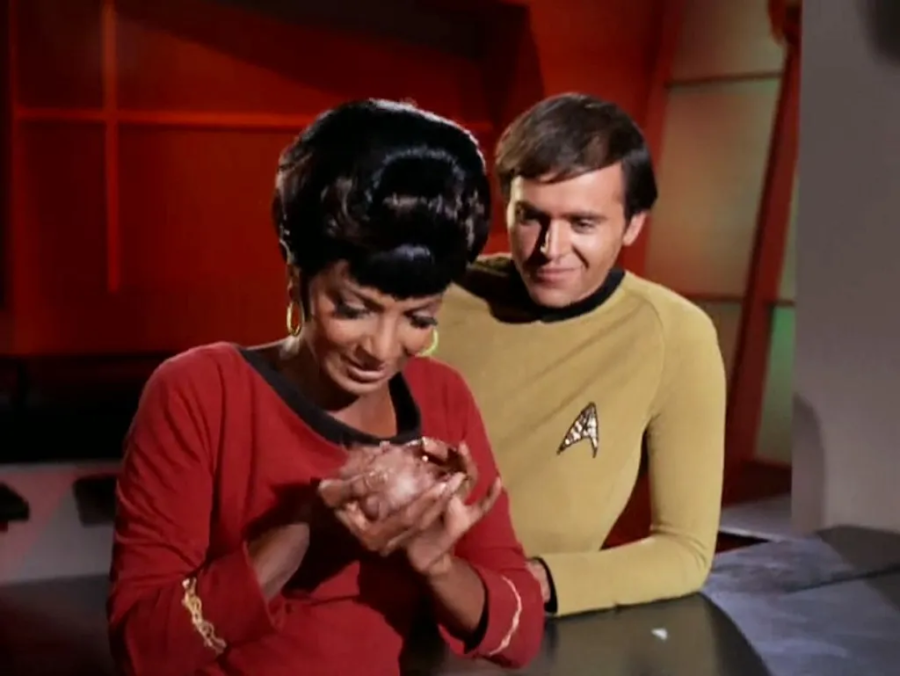
Anyone who spends a moment thinking it over can name an array of alien creatures that are memorable. Science fiction is rife with critters that have made an impact on fans in an indelible fashion.
The Buggers in Ender’s Game made us ultimately look at ourselves and question whether the monsters who will arrive to destroy humanity aren’t already there in the mirror. But no one ever remembers the aliens that demand to be hugged and squeezed and loved.
These are the ones being honored today. The most trustworthy and loyal of friends, cutest balls of joys, and most earnest of alien friends have too long been ignored. Sure, some creatures on the list below do have a layered lesson to teach, but each is loveable in its own way.
Of course, an alien will not be loveable in exactly the same way a human is, or even a pet. In order for a sci-fi creature to be considered, it has to, first of all, actually be an alien (sorry, Gizmo, you’re cute but also some sort of demony rat thing).
Once we’ve established the alien cred, there’s one simple question to be answered: does the alien bring about honest-to-goodness joy? Misty eyes, an audible sigh, and a knowing smile to yourself are all good signs you’ve found yourself a loveable alien.
What follows are the cutest of the cute. The most adorable and loveable sci-fi creatures of all time.
The Thermians from Galaxy Quest
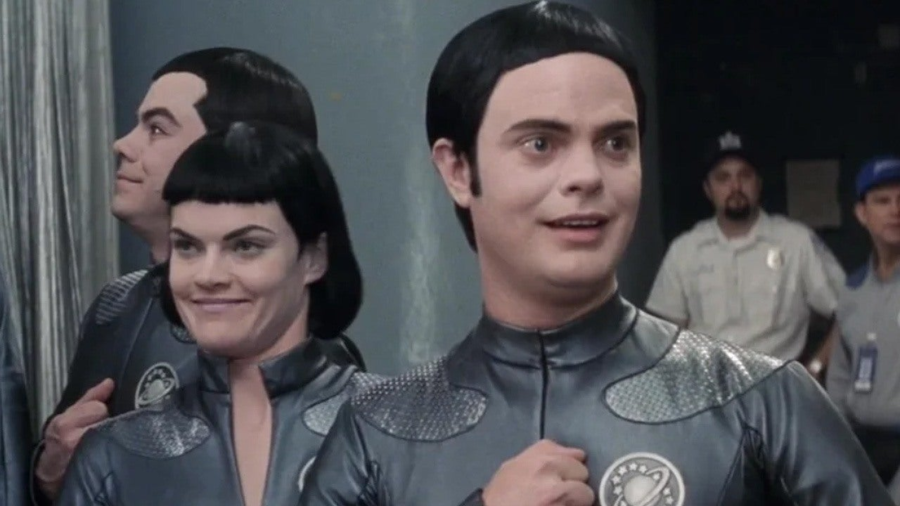
In late 1999, the greatest homage to Star Trek hit theaters in the form of Galaxy Quest. Taking place 14 years after a hit sci-fi series went off the air, we watched as the Trek universe and fandom were examined and passed through a comedic filter.
In the middle of it all was a group of naïve, always grinning aliens called the Thermians. Everything they knew of mankind came from episodes of Galaxy Quest, and so they saw Jason Nesmith (Tim Allen) as the heroic Commander Taggart from the show.
Eternally smiling, even when annoyed or scared, the Thermians just beg to be hugged and helped. But it’s the charming portrayal of Mathesar (Enrico Colantoni), leader of the Thermians, alongside his trusty crew that really makes these aliens so likable. By the end of the film, Mathesar has found his courage, as well as the courage of his species.
The Vortigaunt from the Half-Life series
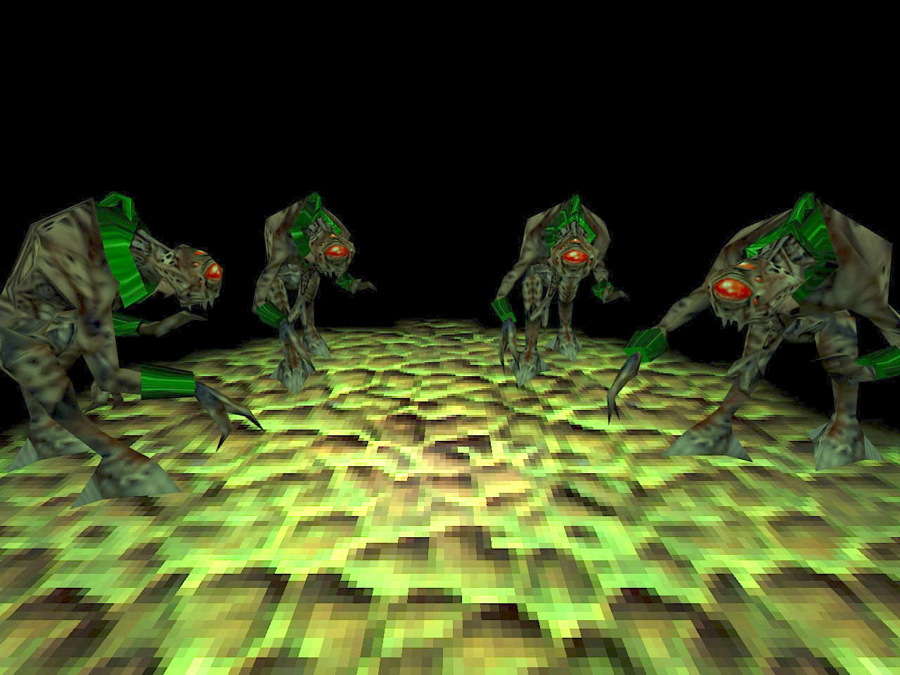
When you first encounter the Vortigaunt in the original Half-Life the highly intelligent beings are your mortal enemy. Basically, they try to kill you. But they are enslaved by an unknown force and have no choice but to battle Gordon Freeman. It’s not until you join up with the Vortigaunt in Half-Life 2 as a free species that you realize how much in common they have with humans.
There’s a near worshipful respect shown to Gordon Freeman, whom they charmingly call “Free Man.” This messianic feeling toward the player character helps to give the once simplistic creatures a greater depth.
Even if that’s not as fully expanded as the series goes on as it should be, it’s still a wonderful embellishment to the Half-Life universe. The hunched-over creatures look like old men who want to help most of the time, but when it comes time to battle they summon energies out of thin air to hurl bolts at enemies. They are a formidable enemy, and even more powerful of an ally.
The Ood from Doctor Who
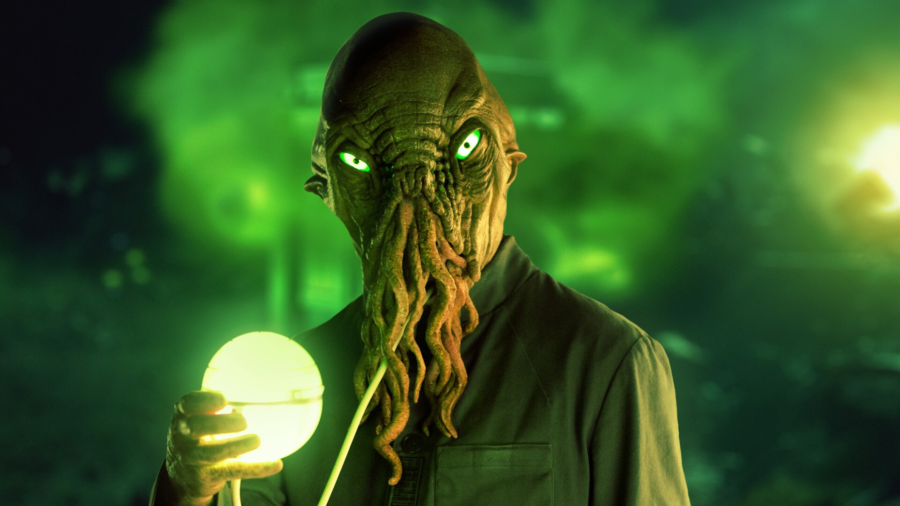
When we first meet the Ood, they are subservient and quite happy to service their human masters. We’re told the Ood are simply designed as a species to help us out. Of course, things change when a malevolent creature controls them telepathically, making the Ood attack the Doctor and his cohorts.
The Doctor is unable to save them, a moment that Tenant plays beautifully. The Ood are actually a race of creatures who have essentially been lobotomized (the telepathic orb that contains their individual personality is removed by Ood Operations). Not only do the Ood end up being peaceful creatures, but they’re also a perfect example of how the Doctor always sees the true beauty in all species. It takes two years before we finally get to understand who the Ood really are. Free will or enslaved, everyone should have an Ood to be their friend… and maybe squid-faced butler.
E.T.
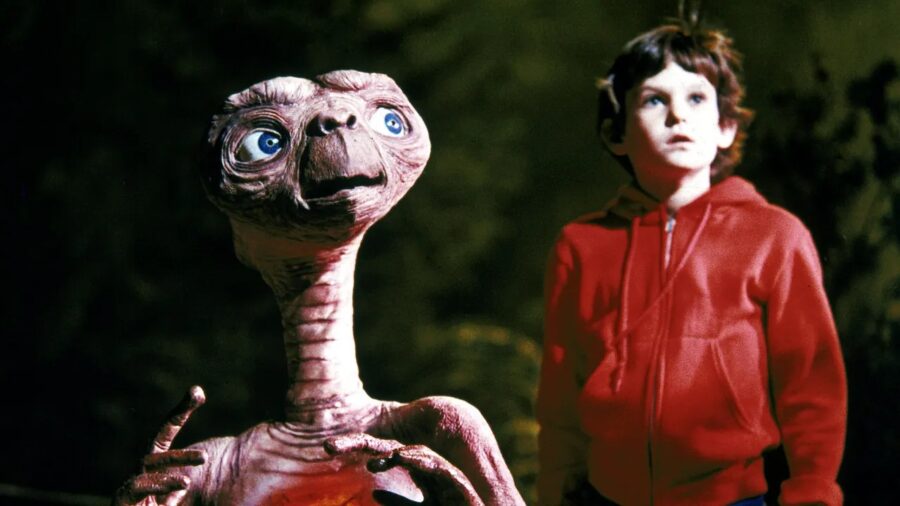
The inclusion of E.T. on this list should go without saying, but there’s a concern with being too cliché. Of course, every child who ever saw E.T. the Extra-Terrestrial absolutely understood the bond between the alien and Elliot. Even if such a strong psychic bond could never actually happen, the audience is on board with the complete trust the children have for E.T.
What makes the alien – who comes from a species that we never learn anything about – so special is that he makes the humans around him better. In the end, E.T. gives all of himself to keep Elliot alive, showcasing a bond of love and friendship that inspires everyone who watches the movie. It’s the quintessential childhood story of discovery led by a powerful message of hope. E.T. may just be the most loveable alien in the history of science fiction simply because he made Elliot become a better person while he was around.
Lummox from Robert A. Heinlein’s The Star Beast
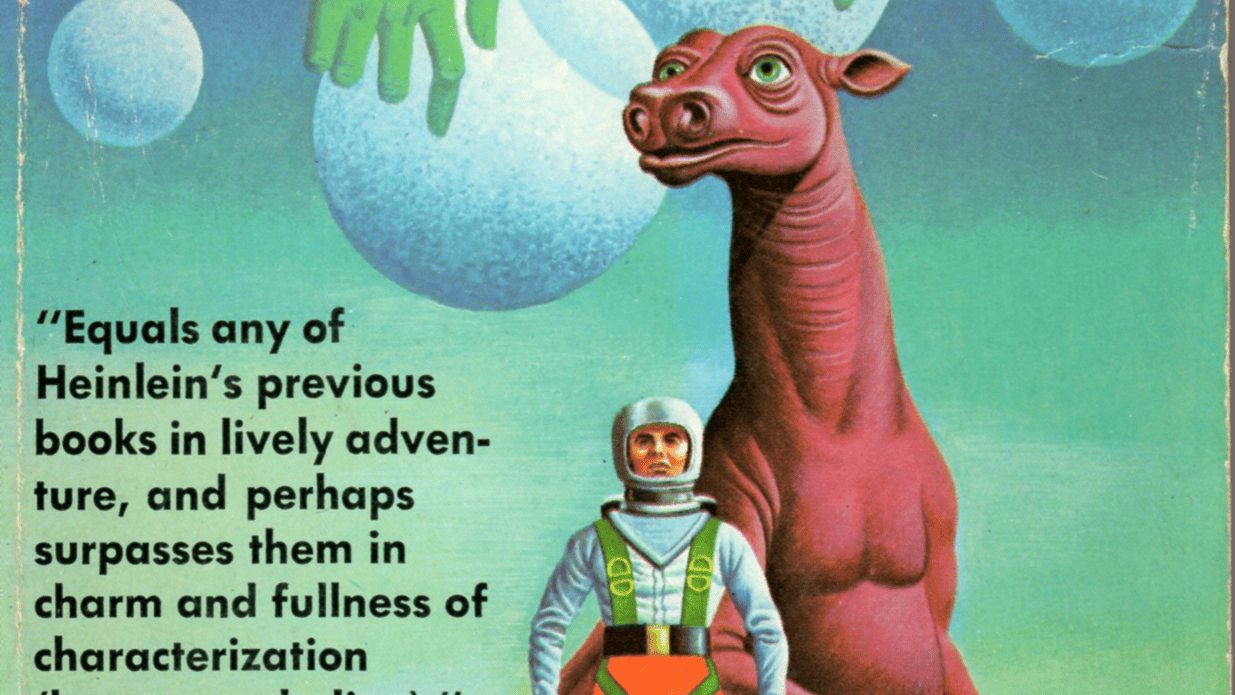
In Robert A. Heinlein’s 1954 novel The Starbeast he tells the story of what happens when your horse-sized family pet actually turns out to be the juvenile member of a vastly intelligent alien species. Hollywood has been lifting elements off this premise pretty much ever since. But Hollywood has never managed to make any of its alien substitutes quite as loveable as Lummox (also known as Cuddlepuppy), the horse-sized pet in question who is all but entirely devoted to his human (who he also thinks of as a pet), a high school senior named Johnny.
At first glance, Lummox may not look particularly loveable (he’s kind of like a giant, hairless llama with a few extra legs and arms after all), but add in a high-pitched cutesy voice and an innocent, rascally daffy disposition and you end up with an alien that seems like he’d appreciate a big hug while you ride him. The rest of his race isn’t quite as friendly, but even at their most terrifying (they eat steel like candy… and manage actually to make it cute), there’s something irresistible about the whole bunch of them.
Mawgs from Spaceballs
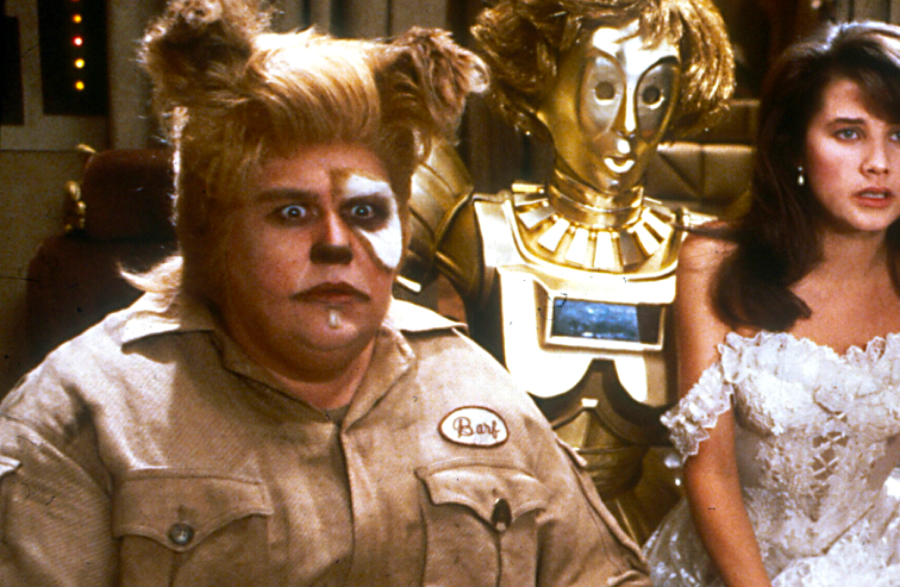
While it’s true that we only know one Mawg, Captain Lone Starr’s trusted friend and confidante Barf (“Not in here you don’t, mister!”), the half-man half-human species is inherently loyal and loveable. With oft-adorable dog-like tendencies and some of a more adult nature, the Mawg species is one that every cock sure space jockey zooming around the universe should have by their side.
It also helps that John Candy plays Bartholomew at the height of his genius. Spaceballs is a silly movie that lampoons great sci-fi epics like Star Wars and Planet of the Apes with Mel Brooks’ classic absurd style. But right there in the middle of everything is a truly loyal friend, and no amount of wacky jokes about strawberry jam can change the fact that you wish there was a Mawg sitting in the chair next to you right now, being both his own and your best friend.
The Pequeninos from Orson Scott Card’s Speaker for the Dead
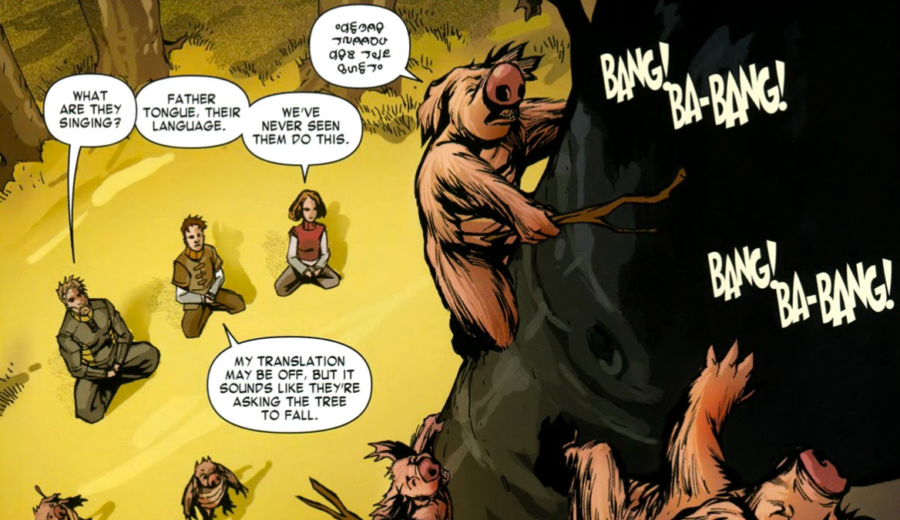
The “piggies” that inhabit Lusitania are a complex and fascinating species, and they’re quite primitive until humans show up. They exist in various forms of development and are able to move from being animal to plant. As much fun as Ender’s Game is, it’s in Speaker that we get to watch as humans – along with Ender Wiggin – interact with an intelligent species.
The Pequeninos we come to know in the story are males who have reached their “second life,” where they are capable of hunting and foraging also communicating with the humans who are on Lusitania. It’s true that the “piggies” do accidentally murder two humans, but that’s due to a misunderstanding between both species on how their respective biology works. But the creatures are fiercely loyal and capable of great affection. The fact that they look like cute mini-pigs makes them huggable and loveable when first met, but despite their primitive nature the Pequeninos are inquisitive and always ready to advance their knowledge. And who can blame them for desiring to reach, literally, for the stars?
Experiment 626 from Lilo & Stitch
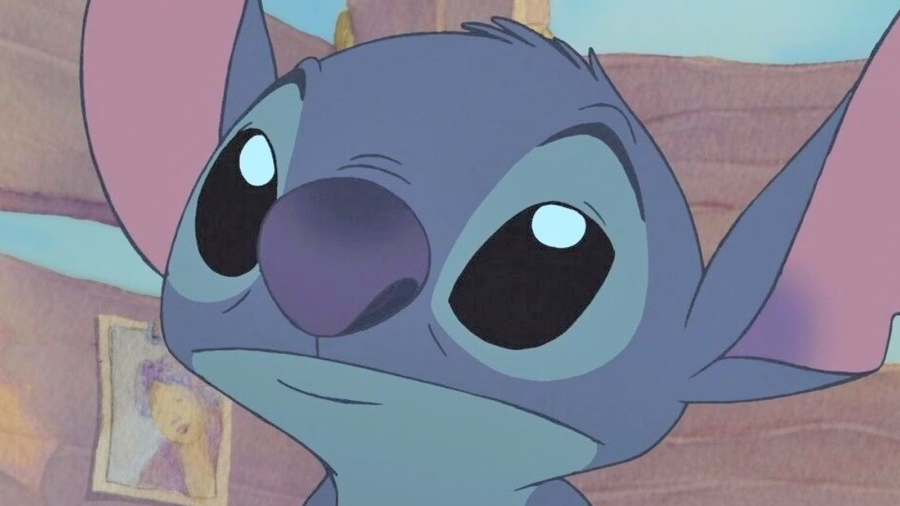
In the early 2000s, Disney made a few animated films that have never gotten the acclaim they deserved. Most people point to Emperor’s New Groove as a truly underrated gem of a cartoon feature, but I still think Lilo & Stitch isn’t given its due by movie lovers. Experiment 626 is a hot-tempered little fuzzy ball of destructiveness.
Named Stitch, the creature is a showcase of how thoughtful Disney is in the creation of its best characters. Wild and destructive, with alien extras like 4 arms, means boys will think he’s cool. But then he ends up being a creature full of heart and dedication to those who love him. Like Lilo in the movie, little girls also can’t resist the cuddly charms of the former miscreant. There’s no denying the schmaltz, but you can’t help but love the little guy. To this day if I utter the phrase “Ohana means family” in my house, it’s guaranteed that tears will flow.
Ewoks
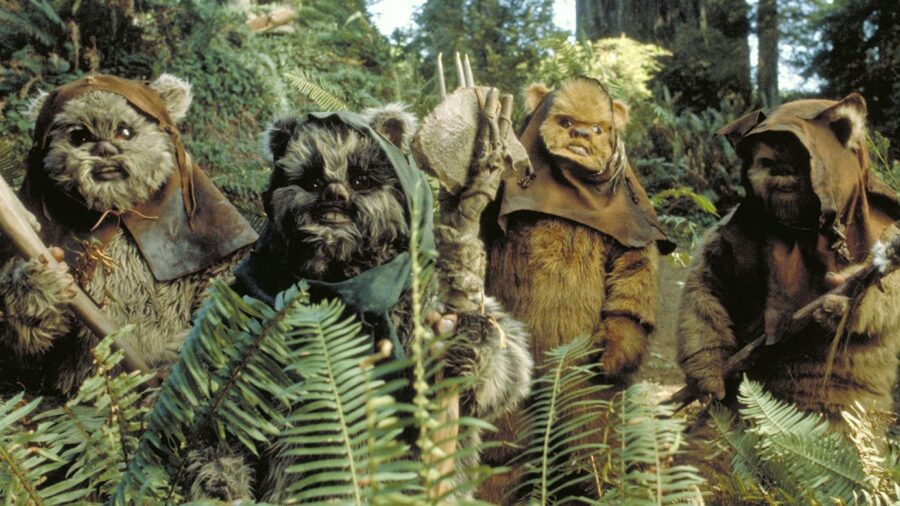
As the years go by it seems Star Wars fans are more and more likely to talk of Ewoks in a derisive tone. As many of these people are of my generation, I have to believe they’re just lashing out at something to appear cool. It’s the “in” thing to hate on Star Wars, and out of everything in the original trilogy the Ewoks are an easy target.
They’re a bit nonsensical and silly, especially as evidenced by their worship of C3P0. But every single one of my friends in the 80s wanted to have the Ewok toys – my Wicket figure was the prize of my collection throughout childhood – and we unabashedly thought they were awesome. Sometimes stumbling to take down Storm Troopers, and other times setting up deadly nature traps, the Ewoks are deceptively vicious. It’s a shame that so many people want to convince others that Ewoks are lame. They’re misguided fools who just need to get their Endorian moon groove on.
Tribbles
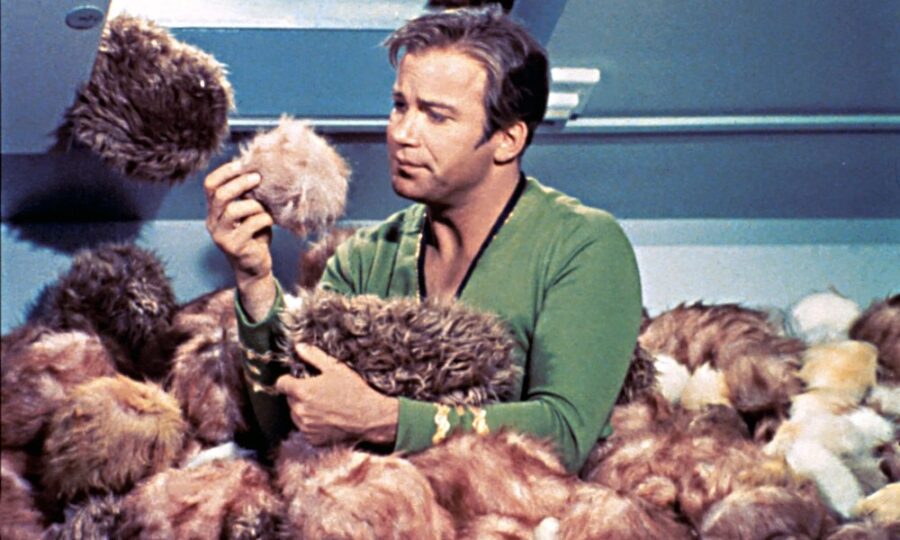
How could Tribbles not be on a list such this one? They’re the quintessential cute aliens, and they have the added benefit of being able to purr. Everyone knows that purring or cocking the head to the side with perked up ears are surefire ways to get every human in the room to proclaim the animal in question as surefire adorable.
The most interesting thing about the creature’s first appearance is that the episode is actually an examination of the trouble with rabbits in Australia. Not only are they cute purring creatures, but also they inadvertently taught audiences about an issue they likely never knew about. All of which is fine for some sort of discussion on Star Trek’s commentary on mankind and society, but let’s get back on track. Tribbles are quite simply the most adorably fluffy cute things that science fiction has ever devised.
Grogu
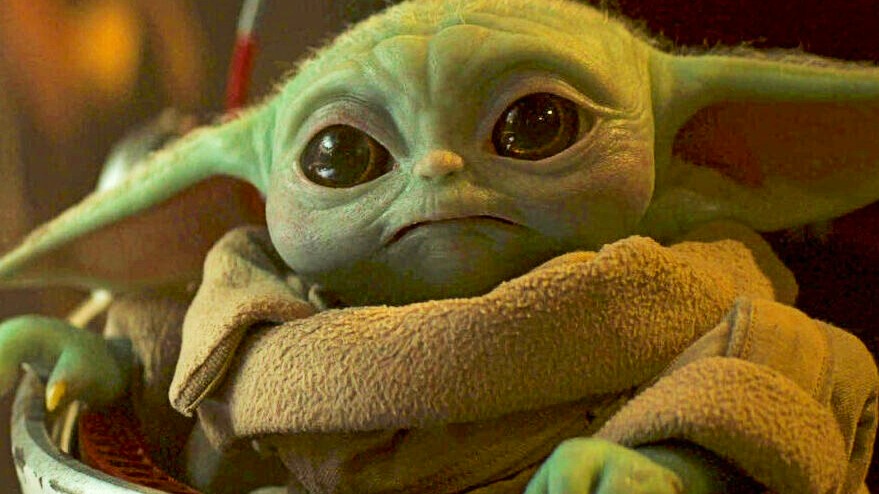
Grogu, affectionately known as Baby Yoda, exudes an irresistible charm that transcends the screen. His wide, curious eyes, brimming with innocence, instantly connect with viewers, evoking a sense of wonder and affection. His tiny stature, coupled with oversized ears that perk up in curiosity or fold back in fear, amplifies his endearing qualities.
Grogu’s playful antics, like chasing frogs or fiddling with spaceship controls, are delightful, highlighting his childlike nature. His coos and gurgles, expressive yet non-verbal, add to his cuteness, making him a universally adored character. Grogu’s presence infuses The Mandalorian with warmth and light-hearted moments, providing a delightful contrast to its otherwise gritty setting.












